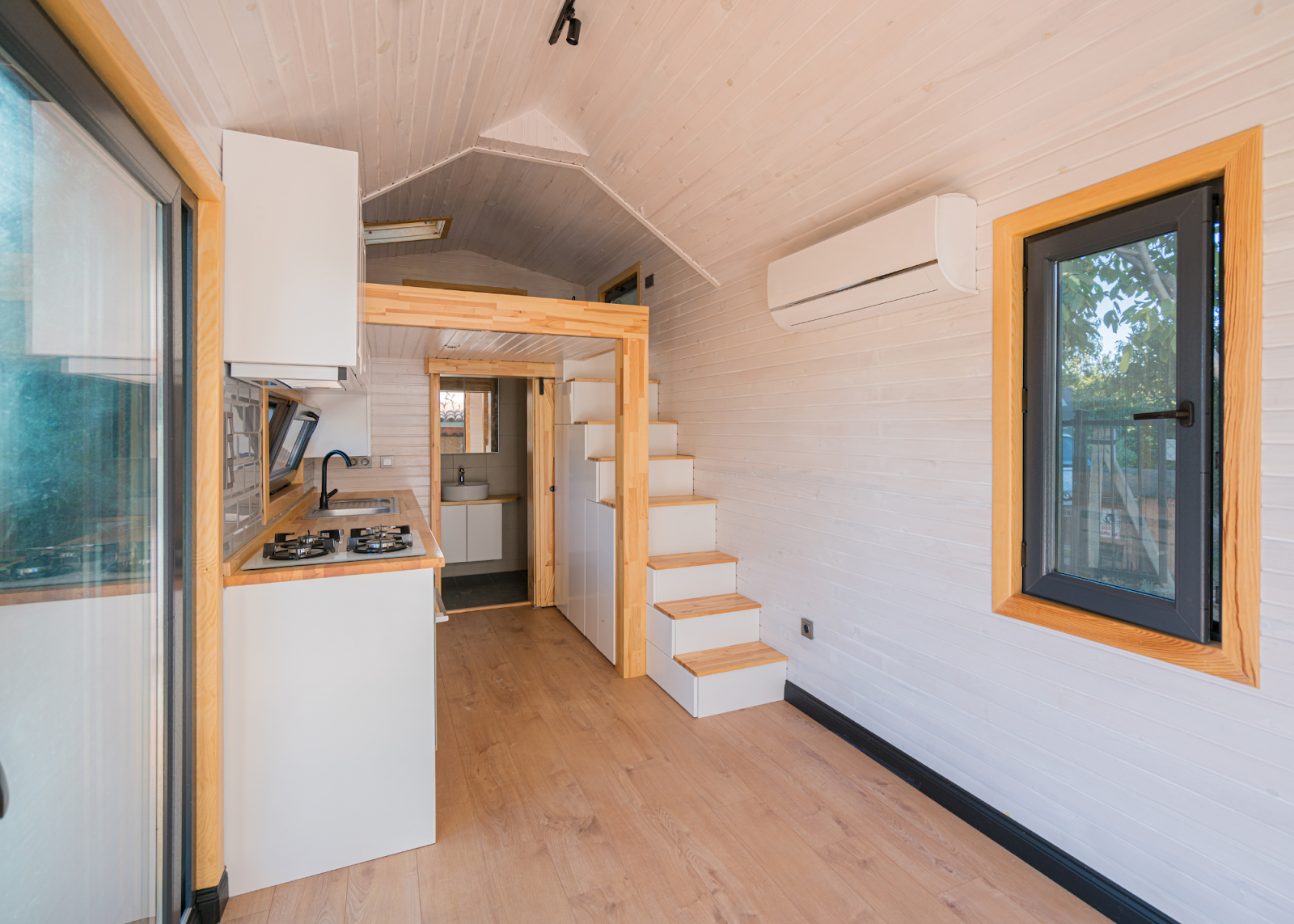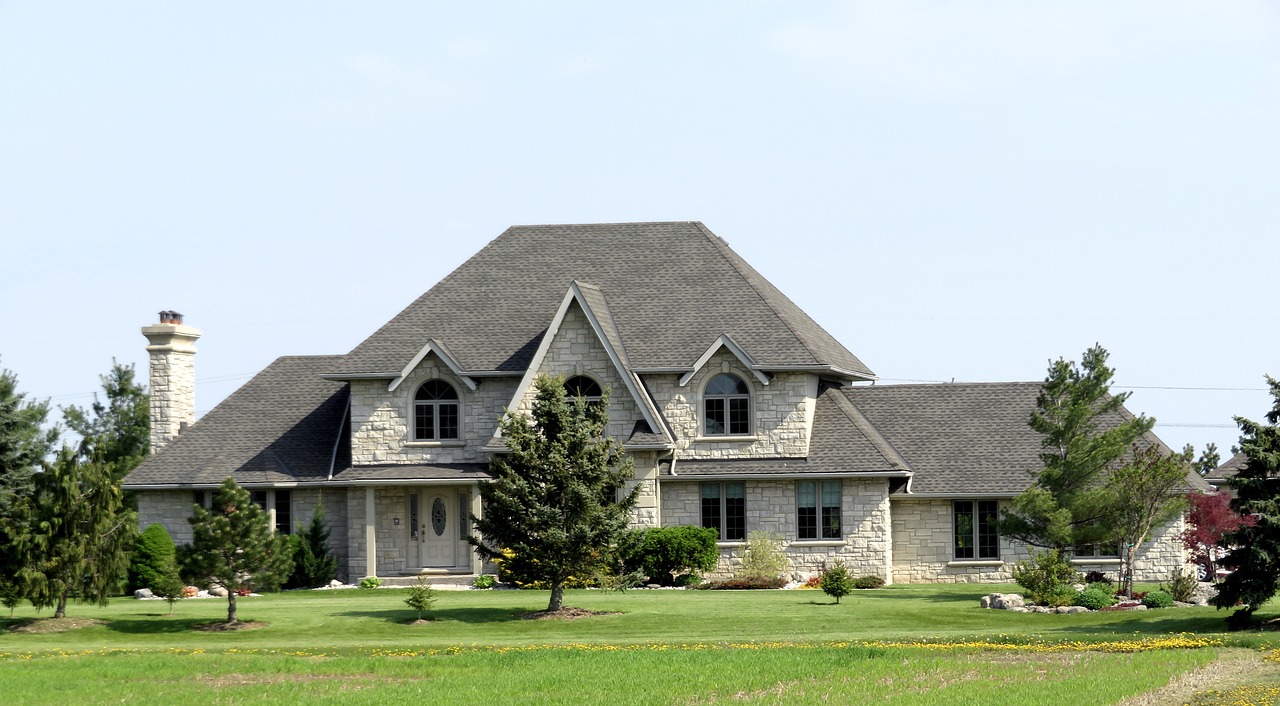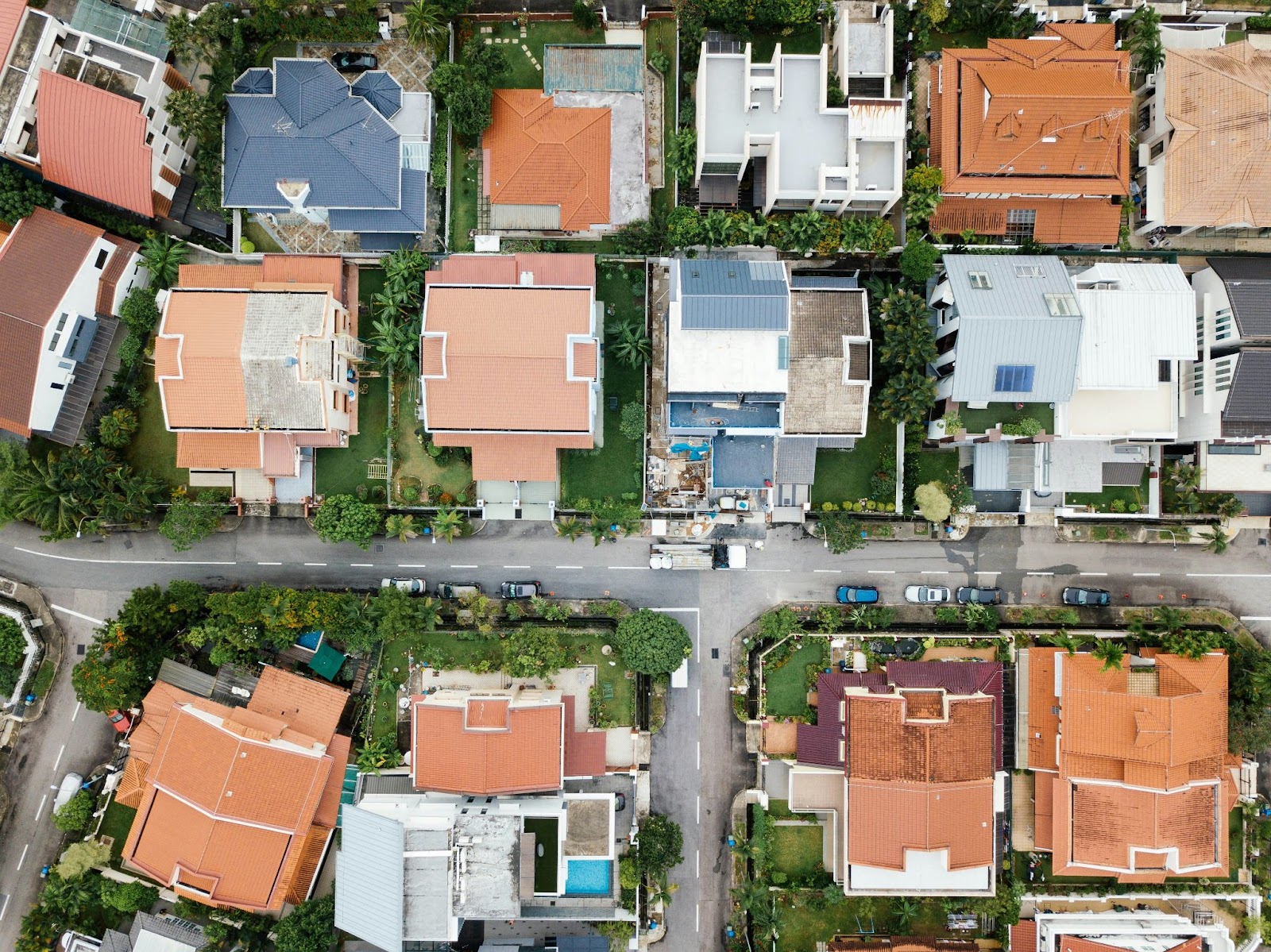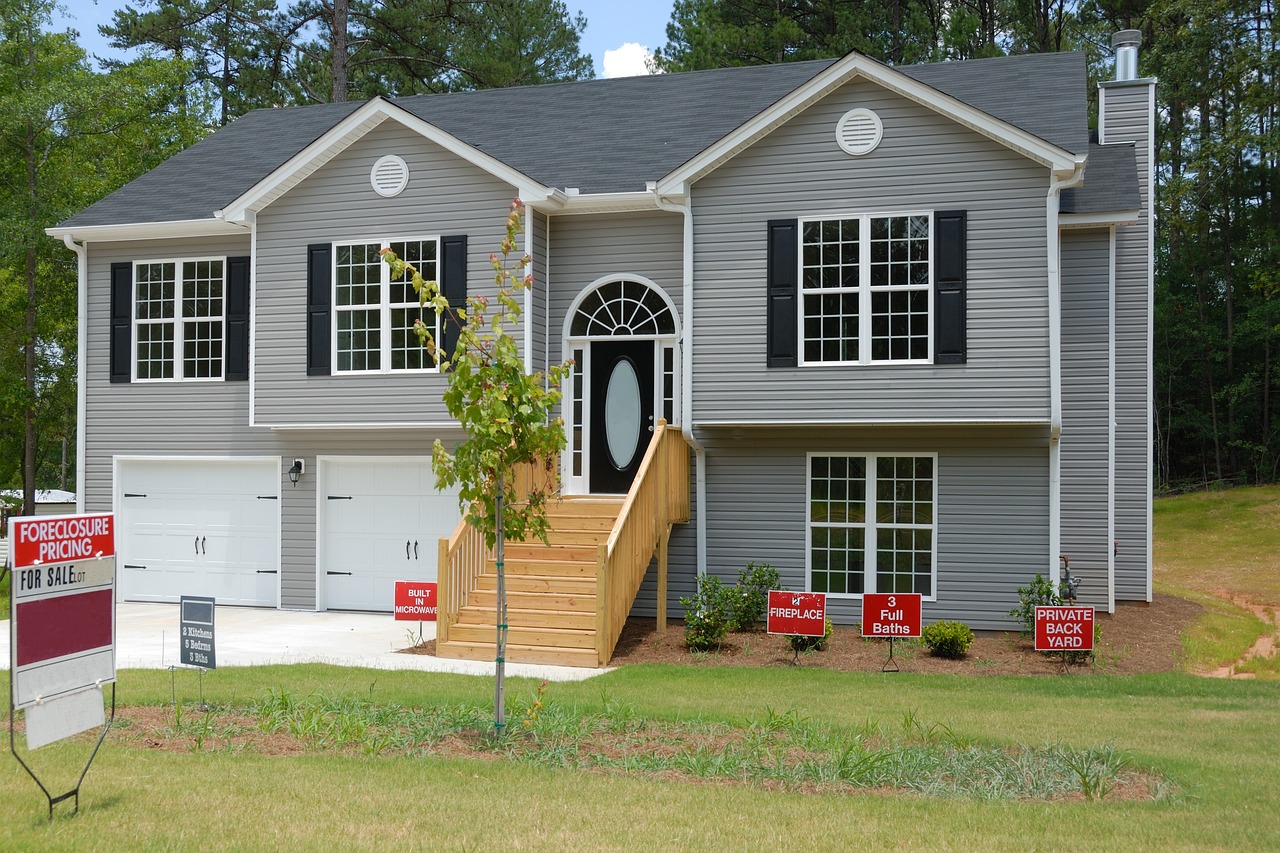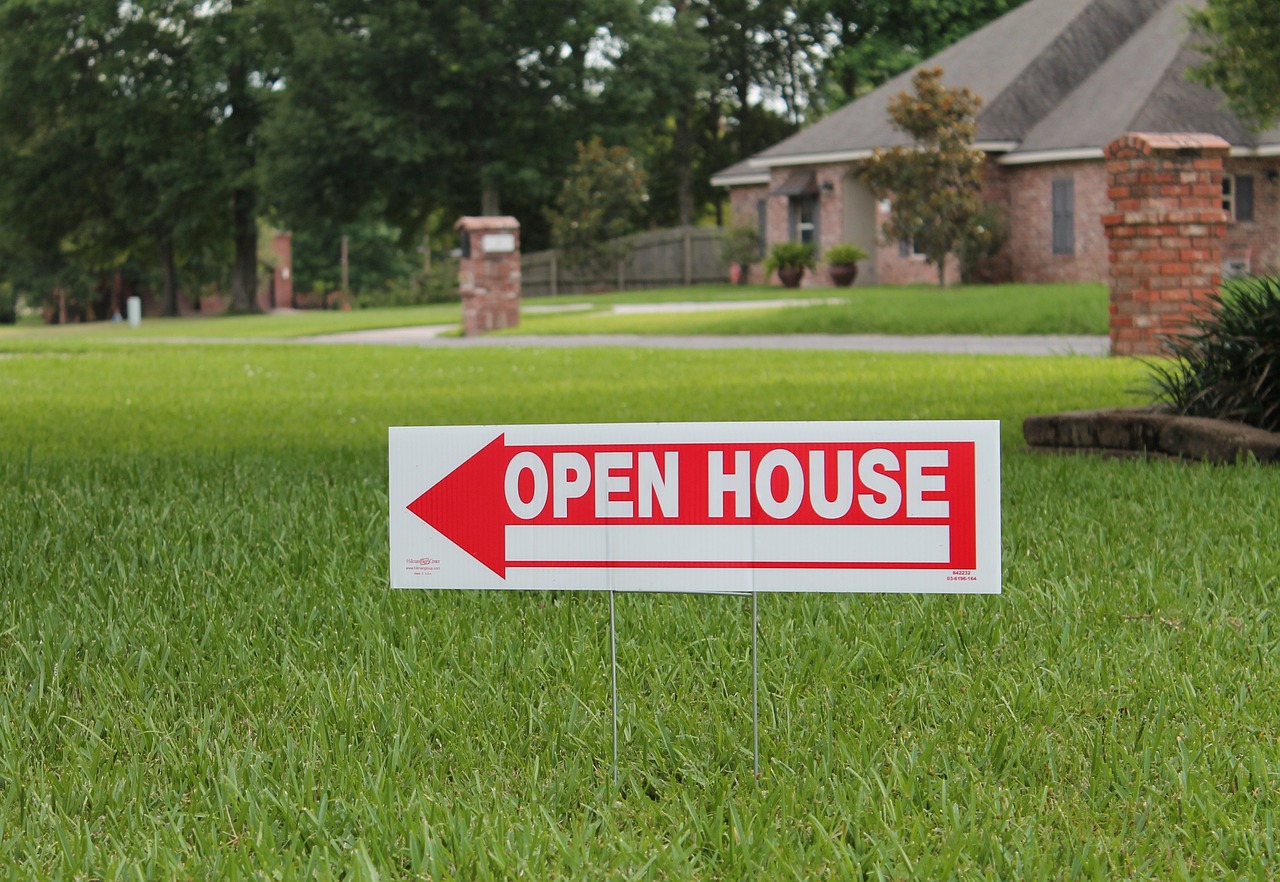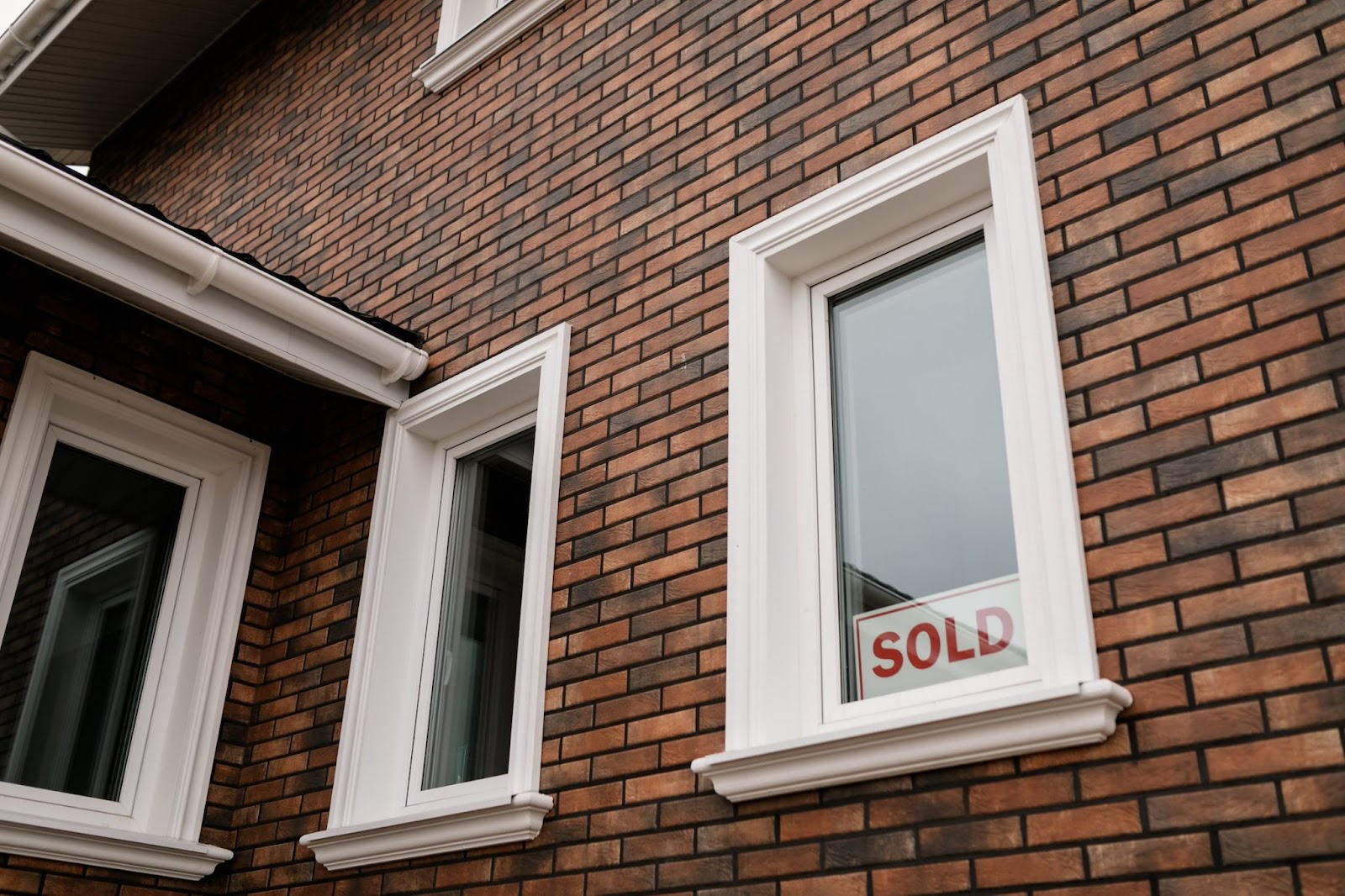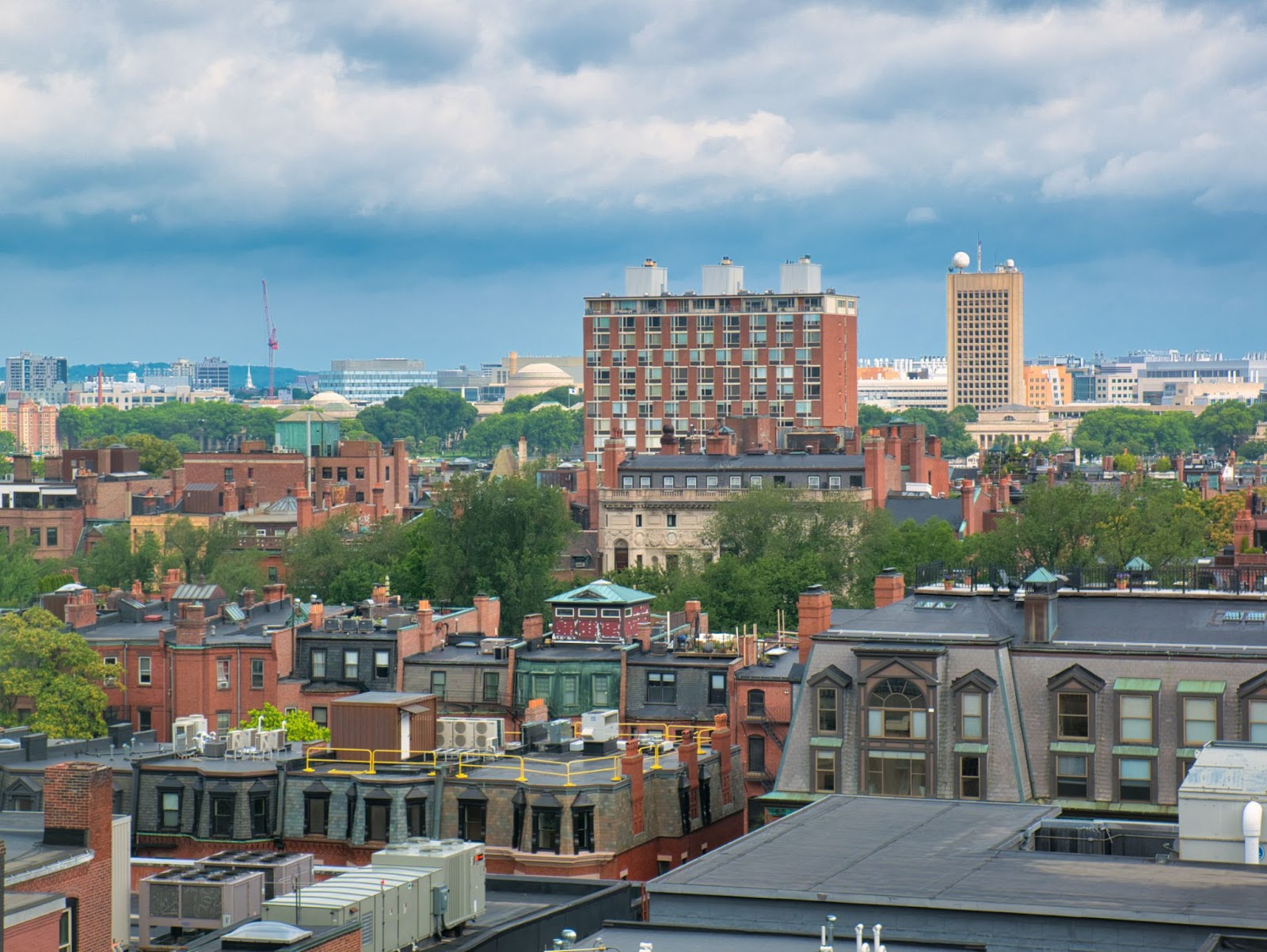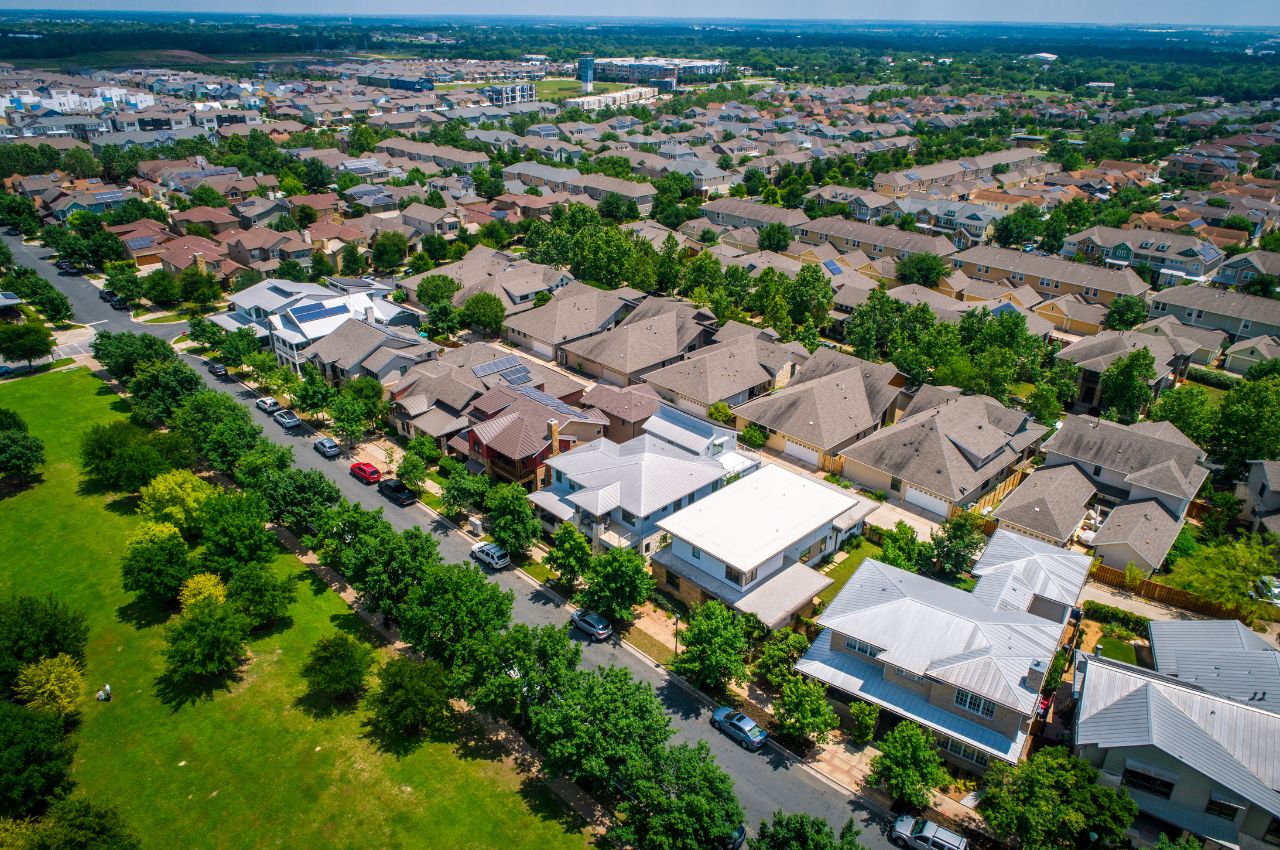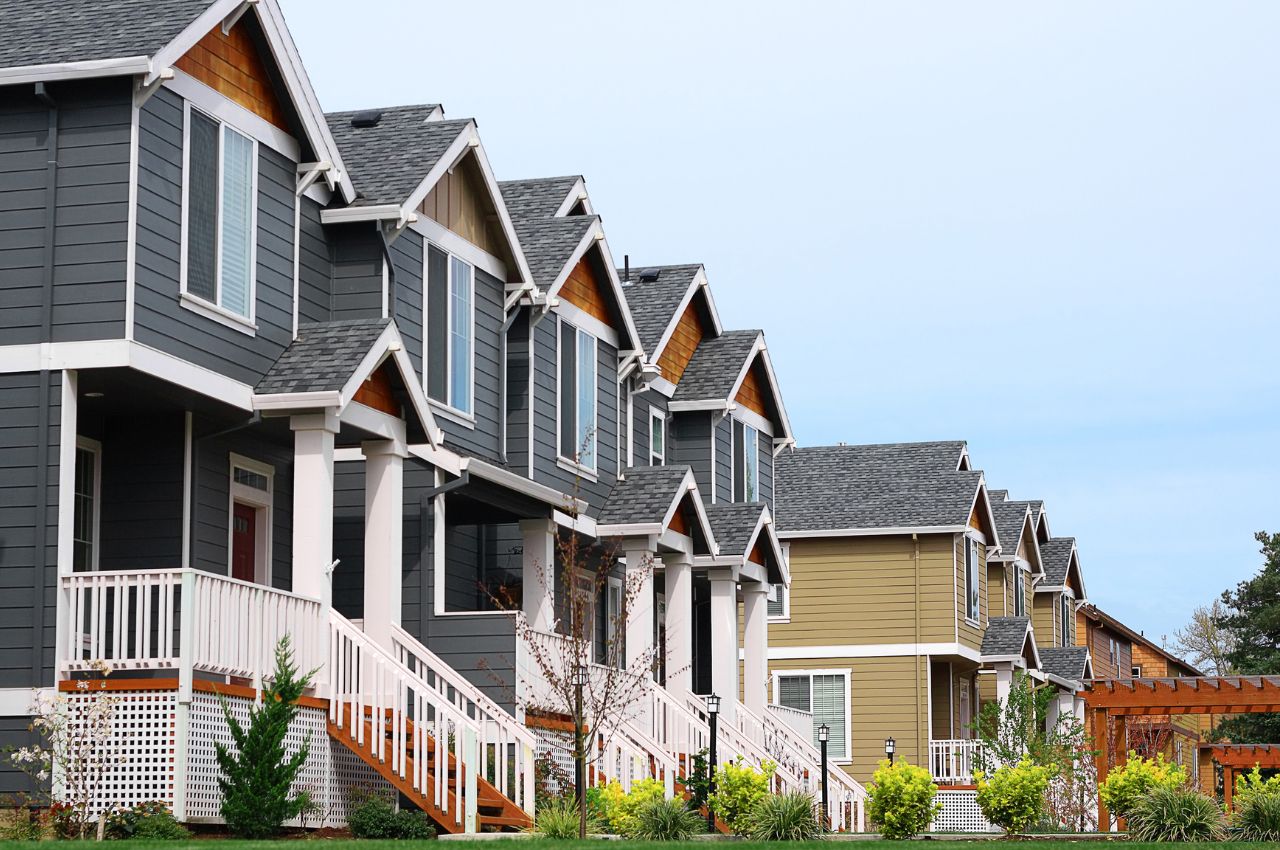While negotiating the aftermath of the pandemic and tackling inflation’s effect, The American families find themselves more financially strained towards house owning with respect to a U.S. housing sector out of Covid-19 pandemic. A recent report by the National Association of Realtors(R) points out that, In the first quarter 2024, on average a family paid 24.2% of their earnings as mortgage repayment.
Today’s market challenges to homebuyers are highlighted by the report, with significant increase in both price of homes as well as mortgage rates. Despite a 5.7% drop in this value from the last quarter which witnessed highest ever mortgage rates this year up to 9.3% rise within similar period. In the first three months of the year an average monthly mortgage payment for existing single family homes was $2,037 given 20% down payment.
For first-time homebuyers, the situation is even more daunting. The NAR report shows that these buyers typically spent 36.5% of their family income on mortgage payments, highlighting the substantial financial hurdles they must overcome to achieve the dream of homeownership.
Realtor.com Chief Economist Danielle Hale acknowledges the challenges faced by families in the current housing market. “We know that families are spending more to buy a home in today’s market compared with one year ago and broader historic norms,” she says. “As both home prices and mortgage rates have climbed, families have to choose between not buying, buying and downgrading their must-have list, or buying and putting more of their paycheck toward the purchase.”

The affordability crisis is further underscored by the Realtor.com housing report for April, which found that in 68% of the 50 largest U.S. metro areas, a household income of more than $100,000 was required to afford the median-priced home at current interest rates.
Despite the slight improvement in affordability during the first quarter, as mortgage rates eased to an average of 6.75% from 7.3% in the previous quarter, the long-term outlook remains uncertain. Hale emphasizes that sustained declines in mortgage rates will depend on inflation returning to its 2% target.
Surprisingly, home prices continued to rise in 93% of the metro markets tracked by NAR, with 30% experiencing double-digit price gains compared to the previous year. NAR Chief Economist Lawrence Yun attributes this phenomenon to insufficient housing supply failing to meet the full demand.
The national median price for single-family existing homes rose 5% year-over-year to $389,400, surpassing the 3.4% annual price increase recorded in the previous quarter. The Northeast region led the way with 11% annual price growth, followed by the Midwest (7.4%), the West (7.3%), and the South (3.3%).
Interestingly, the majority of the 10 metro areas with the fastest annual home price growth were located in the Midwest and Northeast, marking a shift from recent quarters when cities in the South dominated the list. Six of the top 10 metro areas with the largest year-over-year median price increases were in Illinois and Wisconsin.
On the other hand, eight of the 10 most expensive markets in the U.S. were found in California, with cities in Hawaii and Florida also making the list. Yun notes that the expensive markets in the West, which experienced price declines last year, are now roaring back as buyers view the dips as second-chance opportunities.
As American families grapple with the increasing cost of homeownership, it is evident that the housing market faces significant challenges in terms of affordability and supply. Policymakers and industry leaders must work together to address these issues and ensure that the dream of homeownership remains attainable for a broader segment of the population. The road ahead will require innovative solutions and collaborative efforts to navigate the complex landscape of today’s housing market.









































































































































































































